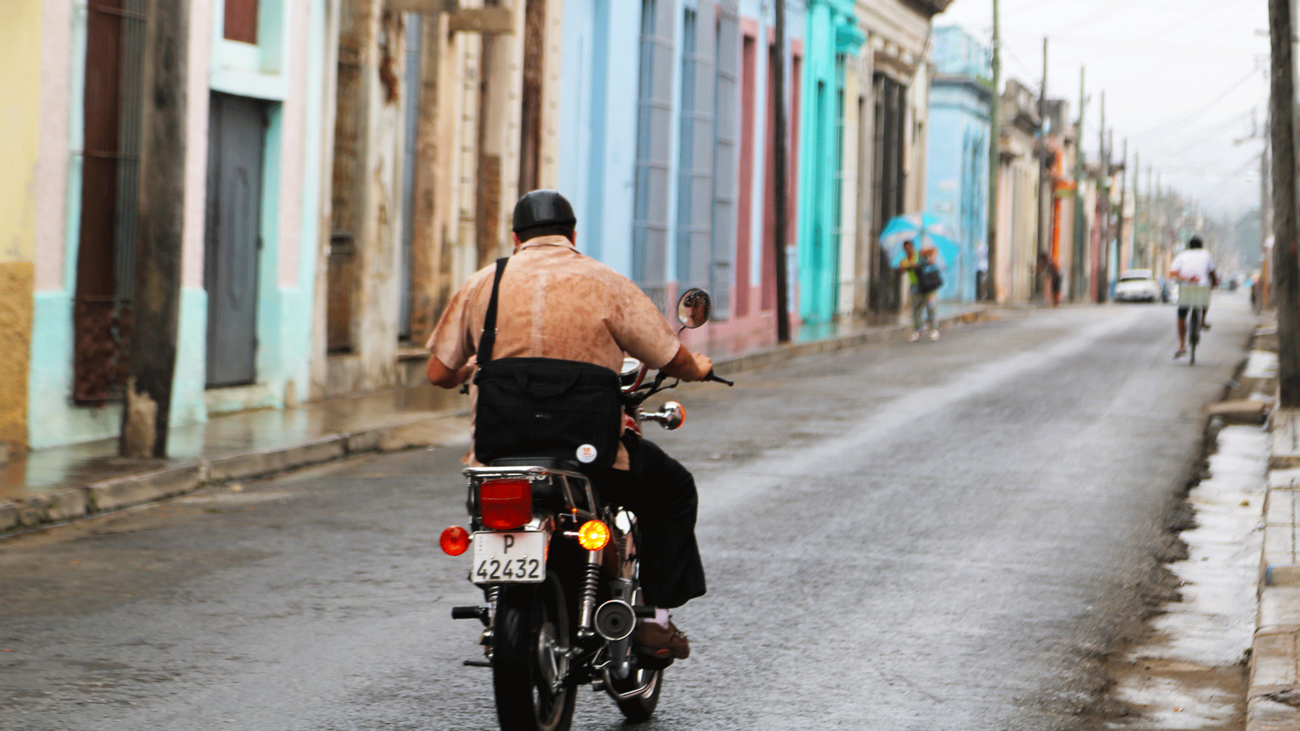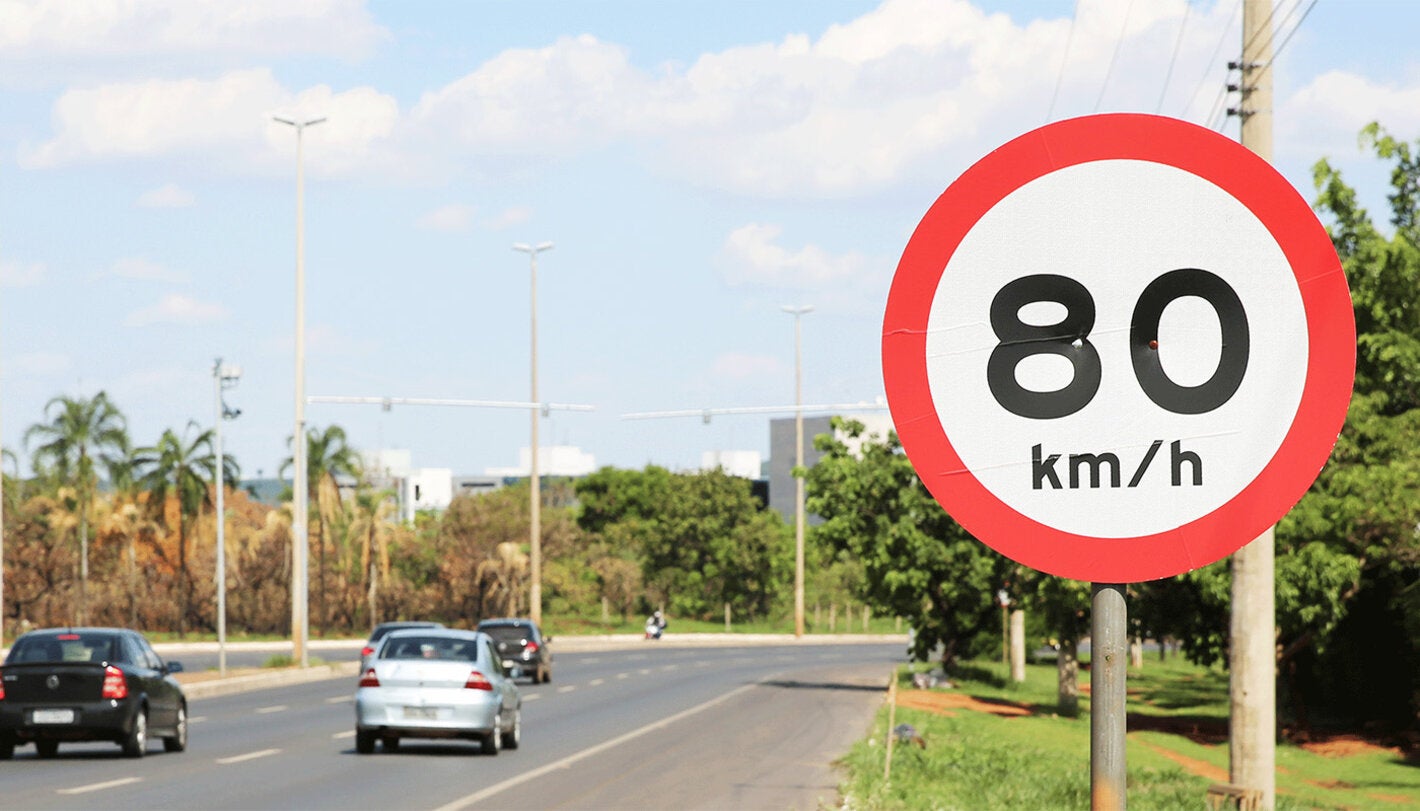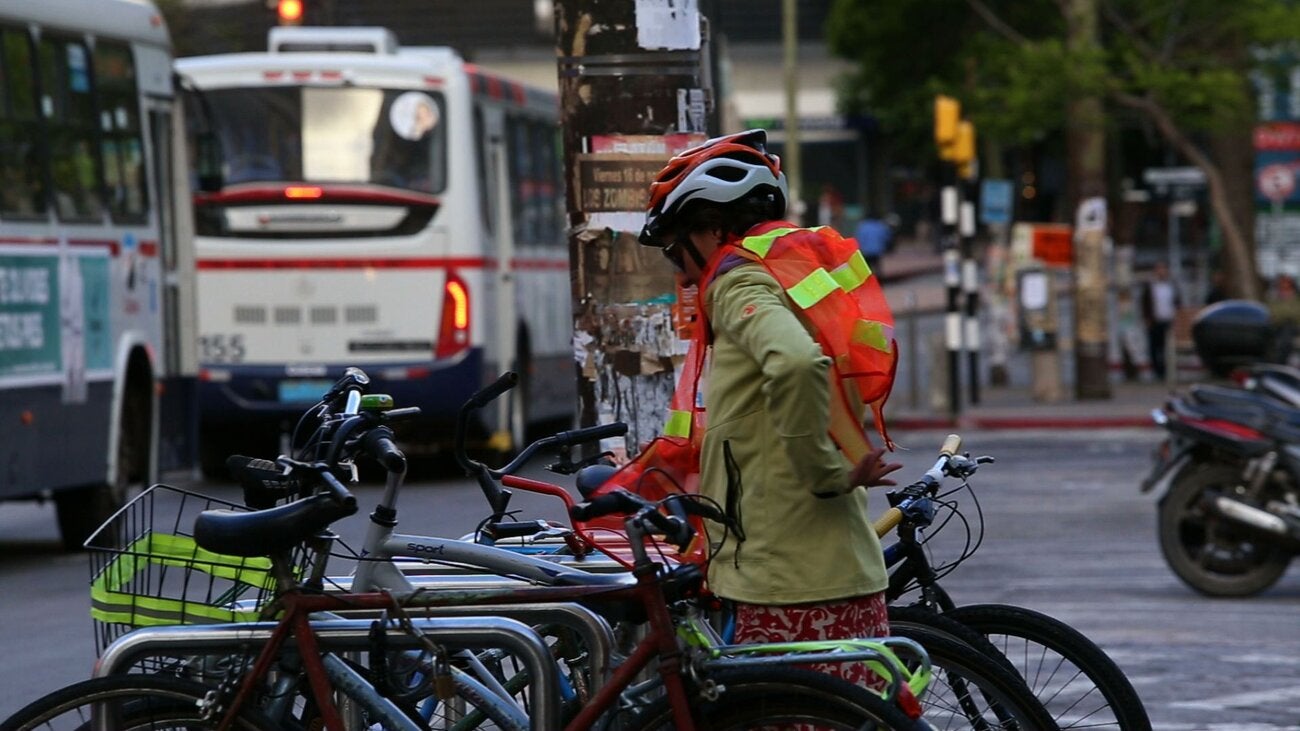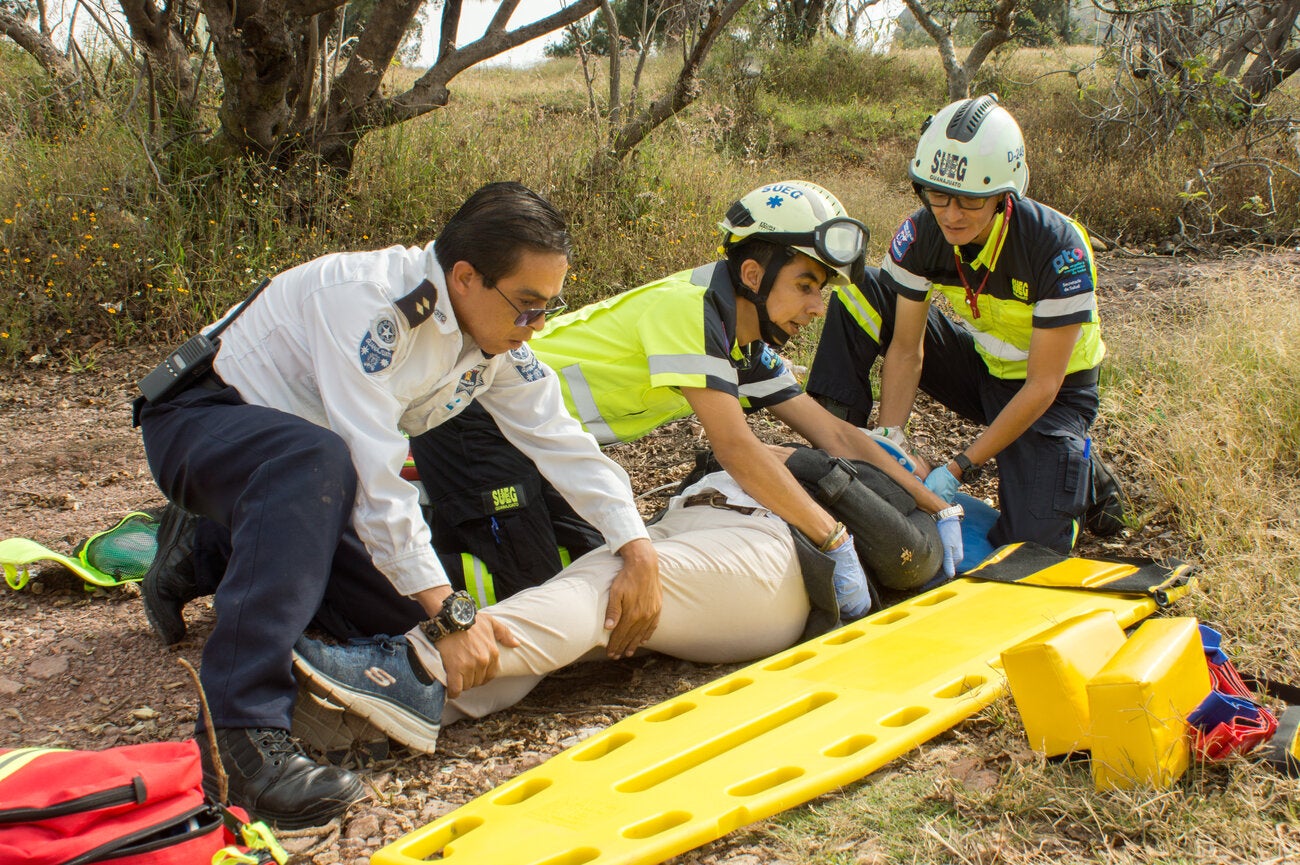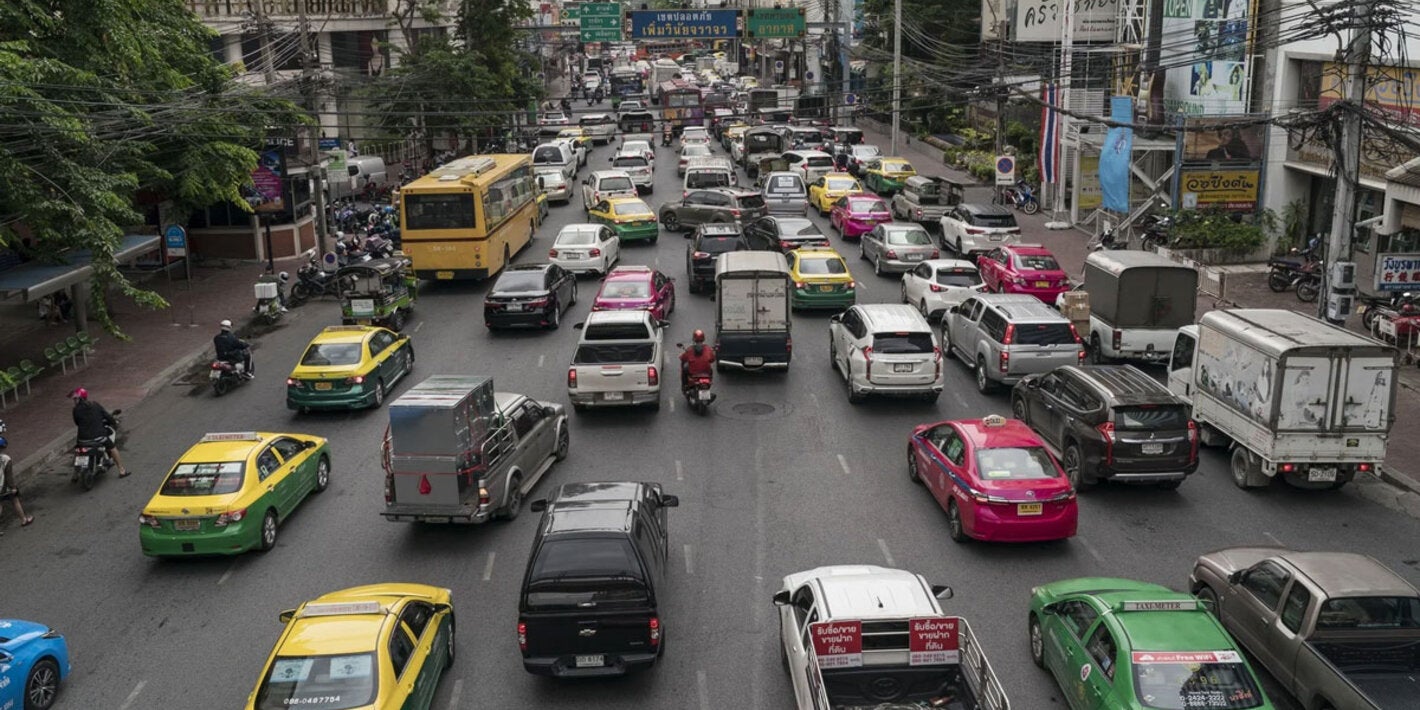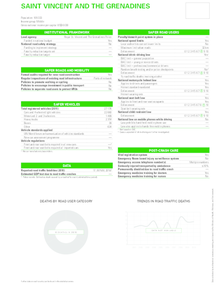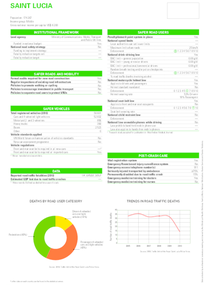Road safety pertains to the measures taken to reduce the risk of road traffic injuries and death.
Through intersectoral coordination and collaboration, countries in the Region of the Americas can work improve their road safety legislation and to create a safer, more accessible, and sustainable environment for transport systems as well as for all road users.
Excessive speed contributes to about a third of all deaths caused by traffic in high-income countries and half of them in low and middle-income countries.
- 90% of road traffic deaths occur in low- and middle-income countries.
- Road traffic injuries are the #1 cause of death for people aged 15-29 years.
- Car occupants account for 34% of the road traffic deaths, motorcyclists account for 23%. Pedestrians represent 22% of the deaths while cyclists represent 3% and 18% of the deaths are from other categories or not specified.
- Road traffic crashes cost countries around 3% of their GDP.
- Nearly half (49%) of the people who die on the world’s roads are pedestrians, cyclists, and motorcyclists. Road traffic crashes are the main cause of death among people aged between 15 and 29 years.
- The Region of the Americas accounts for 11% of global road traffic deaths with nearly 155 000 deaths. It accounts for 13% of the total world population and 25% of the total number of registered vehicles.
The rise in global road traffic deaths has been largely driven by the escalating death toll on roads in low- and middle-income countries, particularly in emerging economies. In many middle-income countries, the risk of suffering road traffic injuries depends on various social determinants, such as the use of alcohol while driving, excess speed, traffic flow, and urban and infrastructural developments.
Even though the Region’s countries have been incorporating and implementing various interventions to reduce road traffic injuries, the pace of change has been slow.
In response to the extent and impact of road traffic deaths and non-fatal injuries, in 2010 the UN General Assembly adopted Resolution 64/255, which established the Decade of Action for Road Safety as a way to stem and reduce predicted levels of road traffic fatalities at a global level.
In 2011, the Pan American Health Organization (PAHO) during its 51st Directing Council meeting adopted the “Plan of Action on Road Safety”. The plan, whose objectives were based on the Region’s situation and which adheres to the Decade of Action for Road Safety, sets forth guidelines for Member States as they move towards the goal of preventing and controlling road traffic deaths in the Region.



